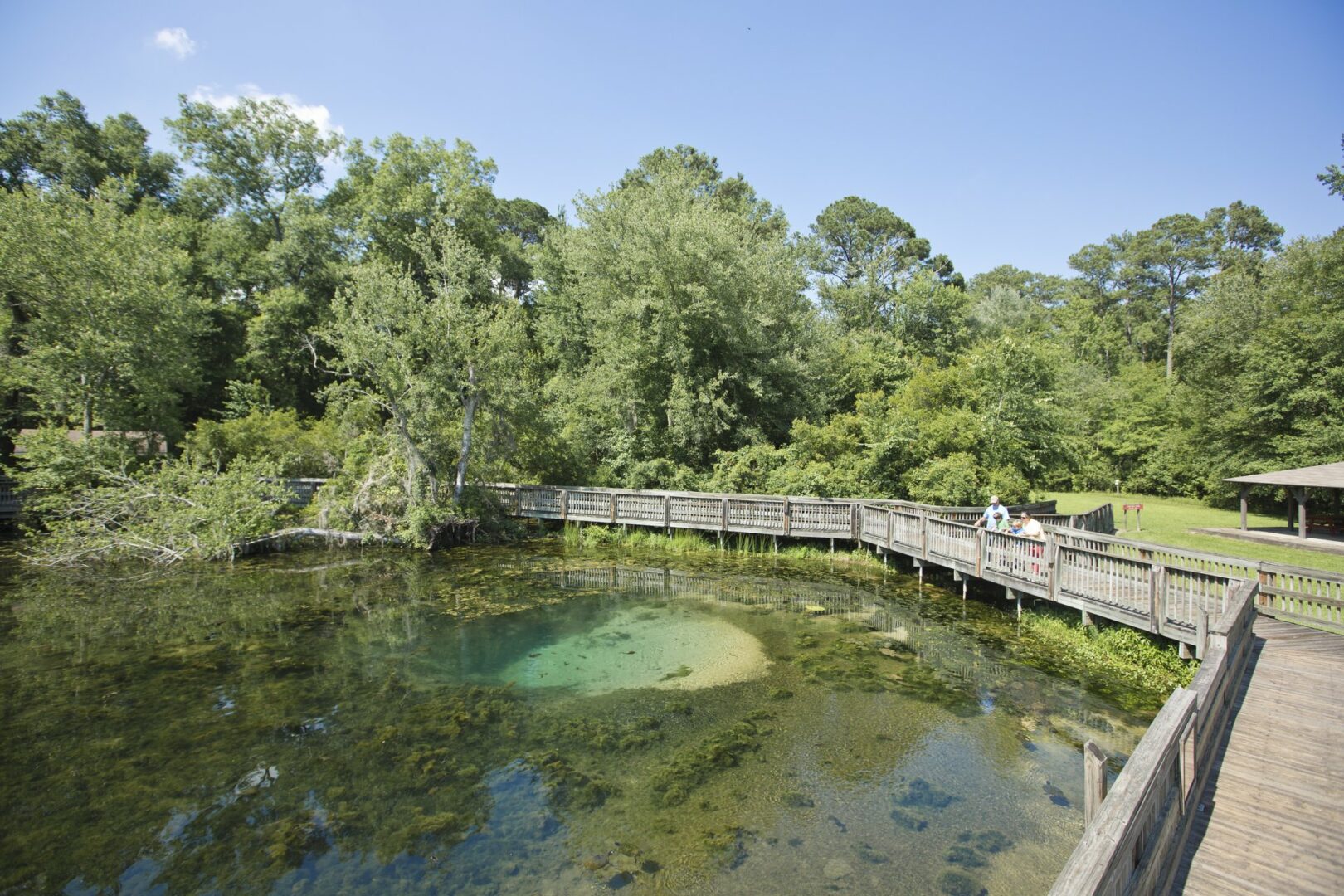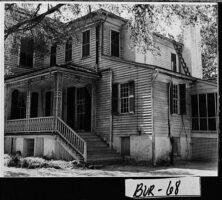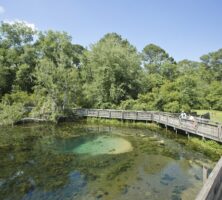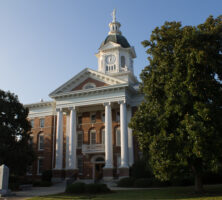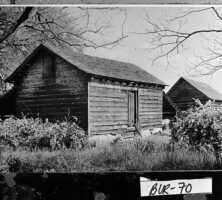Jenkins County, located in the southeastern part of the state, is Georgia’s 140th county and has an area of 350 square miles. It was created by an act of the state legislature on August 17, 1905, from parts of Bulloch, Burke, Emanuel, and Screven counties. The original name proposed for the new county was Dixie, but it was ultimately decided to name the county in honor of Charles Jones Jenkins, a judge and Reconstruction-era governor of the state.
Millen is the county seat of Jenkins County and is also the reason for its existence. The town had been split between Burke and Screven counties. Residents of this small town had grown weary of its precarious location near the corner of four very large counties because of the impact it had on jurisdictional issues and the distance to the various county seats, which averaged twenty miles.
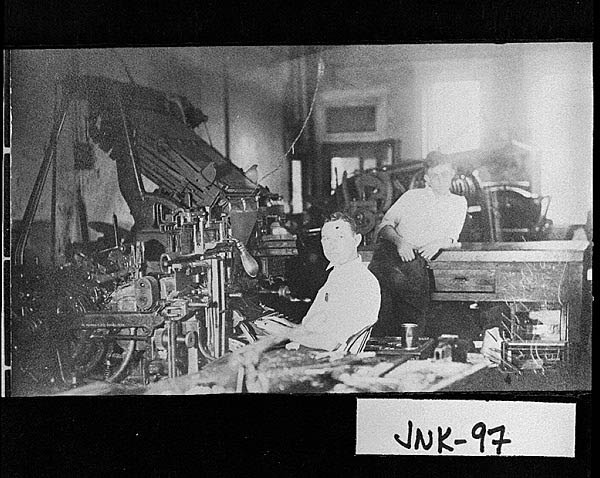
In 1903 the Millen News Publishing Company was created. The newspaper it published became a mouthpiece for the growing sentiment to create a new county for Millen. In 1905 donations were gathered to send several citizens to Atlanta to petition the legislature for a new county. In August of that year the legislature listened to their pleas, and Jenkins County was created.
Jenkins County contains several historically significant places. Big Buckhead Baptist Church, named for the stream that flows nearby, was constituted in 1787 and is one of the oldest Baptist churches in the state. Four different structures have housed the church on its present site. The church that stands today was constructed in 1830.
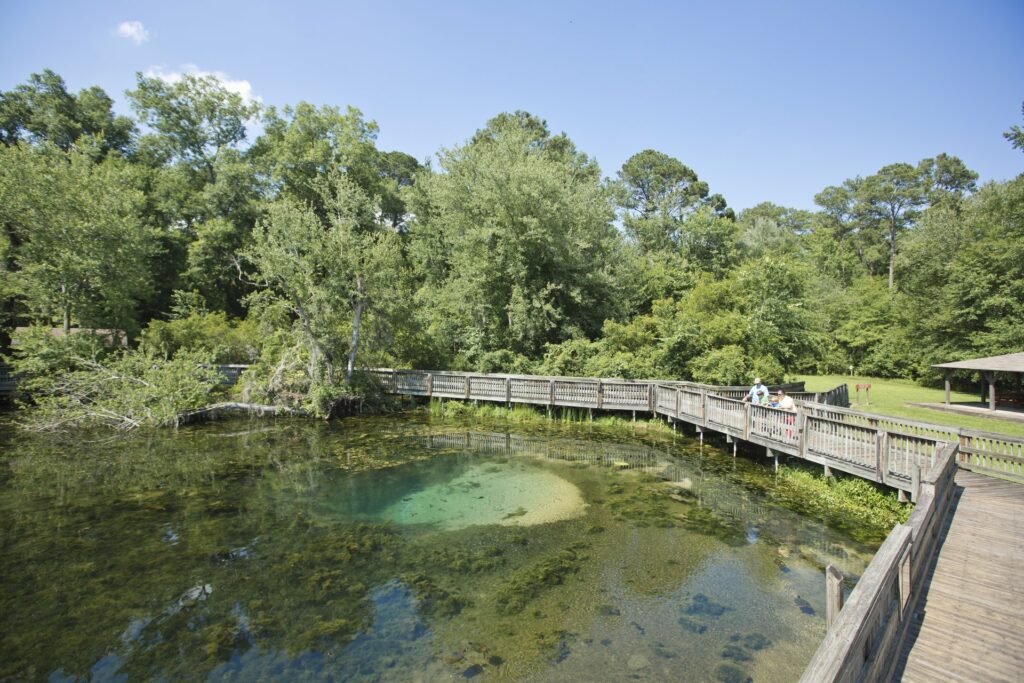
The tiny community of Birdsville is the site of an antebellum manor known as the Birdsville Plantation. It sits on a plot that was originally part of a 500-acre land grant to Francis Jones by the governor and council of Georgia before the Revolutionary War (1775-83). When Jones died in 1774, his two sons, Francis and James, inherited the land, which became a thriving plantation. In turn James’s son Phillip inherited the property and began construction on the plantation house. Phillip’s grandson William Beeman completed the construction in 1847, and the house still stands, though it bears the scars of bullet holes left by the passing army of Union general William T. Sherman.

Another point of interest is Magnolia Springs State Park. The park covers 1,071 acres and contains a clear spring that puts out 7 million gallons of water a day. During the Civil War (1861-65) the area served as a prison camp called Fort Lawton. It was chosen for this purpose because of the readily available supply of water from the springs. The earthen bulwarks of the prison camp are still visible in the park today. The park also contains many recreational opportunities, as well as the Bo Ginn National Fish Hatchery and Aquarium.
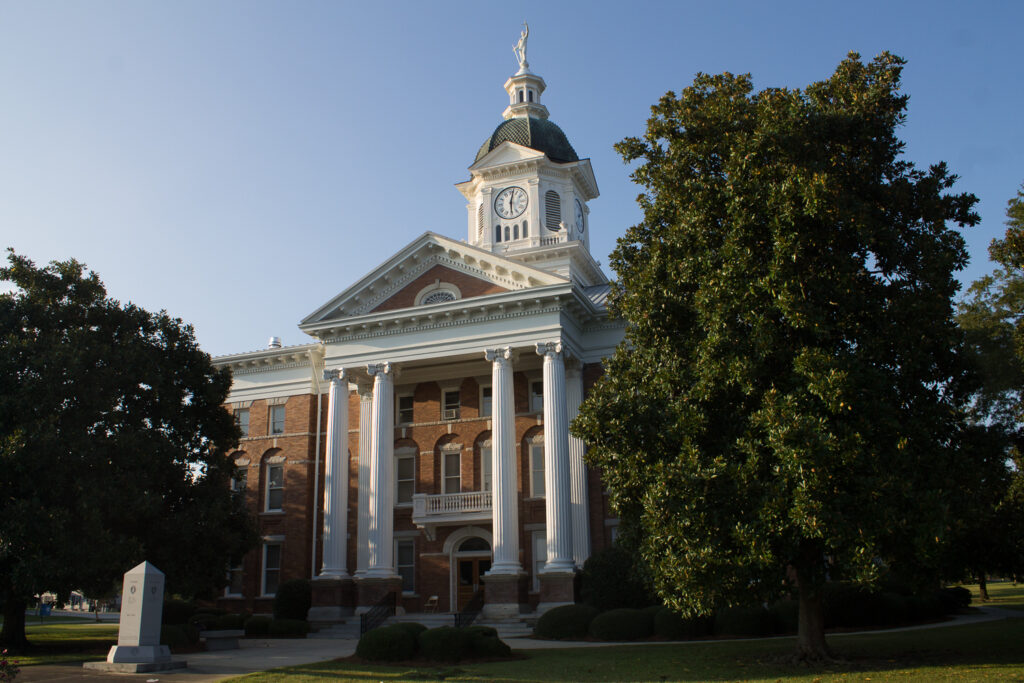
According to the 2020 census, the population of Jenkins County is 8,674. The county remains mostly rural, with many residents working in agriculture and agribusiness. The major crops are cotton, peanuts, wheat, rye, corn, soybeans, and timber.





